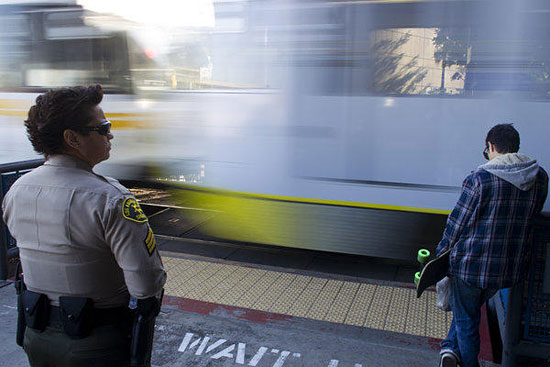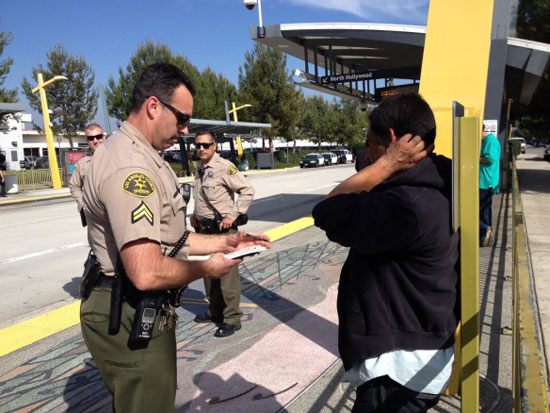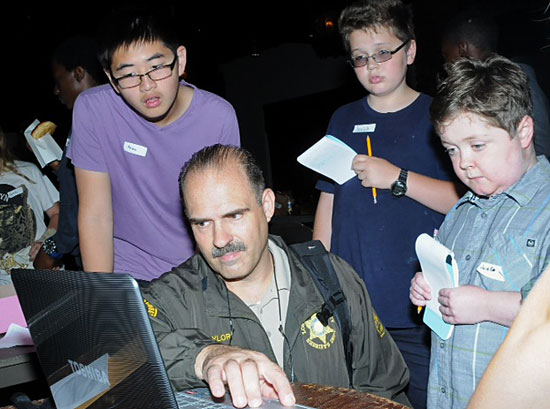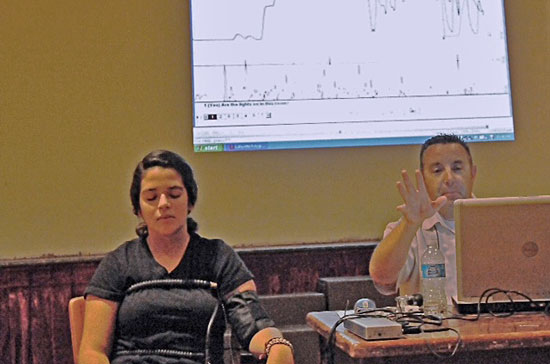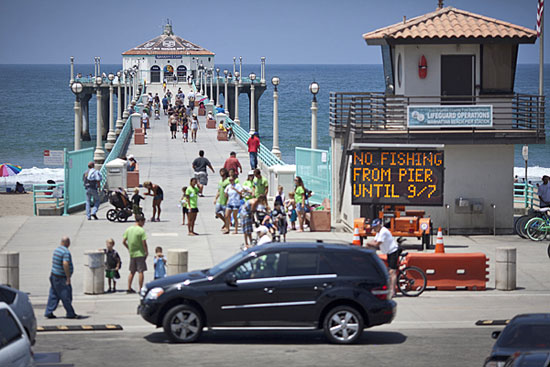A park vote to keep the green flowing

The restored Griffith Observatory is one of the most visible projects funded by Proposition A.
From the Malibu Pier to trails running through the Santa Monica Mountains, from a dog park in La Crescenta to a skate park in Downey, two L.A. County park measures have generated nearly $1 billion in improvements over the past two decades for some of the region’s best-loved gathering places, great and small.
The measures—Proposition A in 1992 and a follow-up initiative known as “Baby A” in 1996—have helped to fund 1,545 projects across the county including “tot lots,” tree planting, swimming pools, soccer fields, bikeways and fitness gardens, along with facilities for seniors and youth, wildlife habitat projects and graffiti abatement services.
Among the measures’ most broadly visible success stories: a new shell installed at the Hollywood Bowl, a county park, in 2004; the extensive restoration of the Griffith Observatory, which reopened to the public in 2006; and expansion of the Kenneth Hahn State Recreation Area, with amenities including a play area and ball fields. Prop. A funding also has helped transform El Cariso Community Regional Park in Sylmar, which now boasts new features including soccer fields and a 15,000-square-foot community center and gymnasium. And it is allowing kids to make a splash this summer in the new Olympic-sized pool at Belvedere Park in East Los Angeles.

A chocolate Lab has his day at La Crescenta’s dog park.
But the flow of green amenities to parks in L.A. County’s unincorporated areas and its 88 cities could be coming to an end, with Prop. A set to expire next June 30. (Its 1996 counterpart will finish in 2019.)
Concerned about derailing a successful program of investing in local parks and recreation facilities, the Los Angeles County Board of Supervisors decided this week to place on the November ballot a measure that would essentially carry on the 1992 Prop. A for 30 more years, generating a similar $53 million per year.
“We need to do this if we want to keep the momentum going,” said Supervisor Zev Yaroslavsky, who along with Supervisors Don Knabe and Gloria Molina voted to place the measure on the Nov. 4 ballot. “The public has benefitted from this. They like the parks that have been built. They like the recreational opportunities that have been provided. I don’t think they want to see this come to a grinding halt on June 30 of this coming year.”
But Supervisor Michael D. Antonovich, who joined Mark Ridley-Thomas in opposing the action, said it was too soon to place what he called a “half-baked tax” before the voters, especially since Prop. A ’96 is continuing for several more years and some unspent funds remain in Prop. A coffers.
Russ Guiney, the county’s director of Parks and Recreation, acknowledged that there is a current balance of $154 million in Prop. A funds, but said $20 million of that is committed to upcoming projects. Unless the proposed continuation of Prop. A passes, the remaining funds will be spent down rapidly on park projects and maintenance demands that run around $55 million annually, Guiney said.
The average homeowner currently is assessed $13 a year for Prop. A ’92 and $7 annually for Prop A. ’96, for a total of $20 a year. The measure now heading to the Nov. 4 ballot would replace the Prop. A ’92 assessment with a flat tax of $23 a year per parcel. If passed by the required two-thirds of county voters, that would bring the average homeowner’s total tab for park improvements to $30 per year.
Guiney noted that 64% of voters approved the 1992 measure, and even more—65%—voted in favor of the 1996 proposition.That bodes well, he said, especially since so many projects built with funds from the previous parks measures are now visible and being used enthusiastically by the public.
“I think the voters understand and appreciate this, based on past history,” he said. “We’re optimistic.”

Belvedere Park has a new Olympic-sized pool, East L.A.’s first. Photo/Los Angeles Times
Posted 8/6/14








